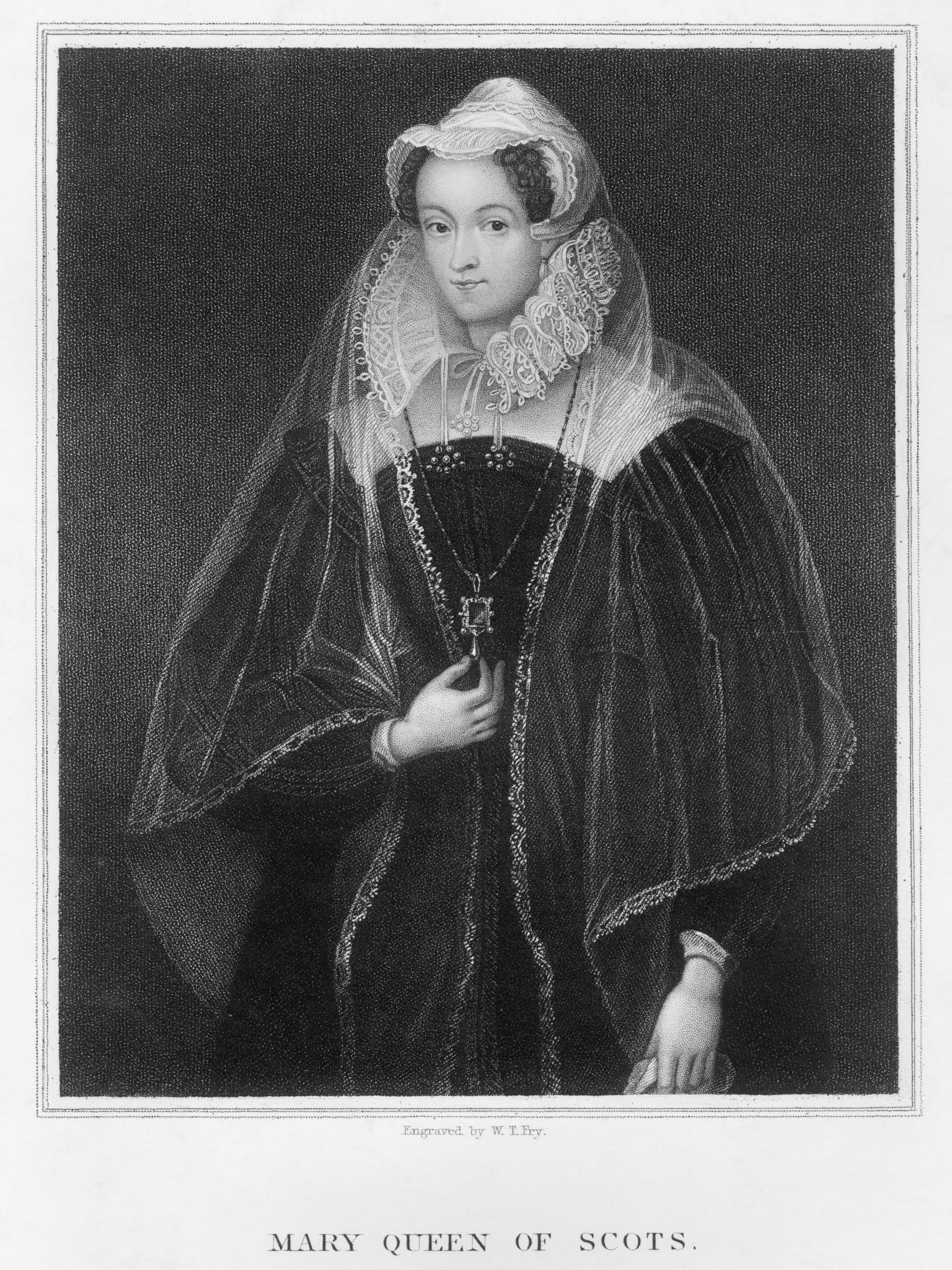Secret messages from Mary Queen of Scots’ prison letters finally decoded
Experts said the codebreakers’ work is the most significant discovery about Mary for 100 years

Secret letters written by Mary Queen of Scots while she was imprisoned in England by her cousin Queen Elizabeth I have finally been decoded.
According to the codebreakers, the letters, which were feared to be lost for centuries, reveal fascinating insights into her captivity.
Experts said the decoders’ work was the most significant discovery about Mary for 100 years.
The letters date from 1578 to 1584, a few years before Mary’s beheading 436 years ago today – February 8th 1587.
Key themes in the correspondence include complaints about her poor health and conditions in captivity, and her negotiations with Queen Elizabeth I for her release, which she believed were not conducted in good faith.
The 57 letters also express her distress when her son James (future King James I of England) is abducted in August 1582, her feeling they have been abandoned by France and her distrust of the queen’s spymaster, Sir Francis Walsingham, as well as her animosity towards Robert Dudley, Earl of Leicester and a favourite of Elizabeth.
The letters were discovered by George Lasry, a computer scientist and cryptographer, Norbert Biermann, a pianist and music professor, and Satoshi Tomokiyo, a physicist and patents expert, at the national library of France – Bibliotheque nationale de France (BnF).
The trio solved the cipher system used by Mary, Queen of Scots during her imprisonment to encrypt the messages.
Most of the letters are addressed to Michel de Castelnau de Mauvissiere, the French ambassador to England, who was a supporter of Catholic Mary.
The existence of a confidential communication channel between Mary and Castelnau is well-known to historians, and even to the English government at the time.

But the codebreakers provide new evidence that this exchange was in place as early as May 1578 and active until at least mid-1584.
The BnF listed the letters as from the first half of the 16th century, and related to Italian matters. However, the study authors say that soon after starting to crack the code, they quickly realised they were written in French and were nothing to do with Italy.
Their work revealed verbs and adverbs often in the feminine form, several mentions of captivity, and the name “Walsingham”, suggesting the documents may have been penned by Mary, Queen of Scots.
This was confirmed by comparing them with the plain text of letters in Walsingham’s papers in the British Library and through other methods.
Mr Lasry, the lead author of the study, said: “Upon deciphering the letters, I was very, very puzzled and it kind of felt surreal.

“We have broken secret codes from kings and queens previously, and they’re very interesting, but with Mary Queen of Scots it was remarkable as we had so many unpublished letters deciphered and because she is so famous.
“This is a truly exciting discovery.”
He added: “Together, the letters constitute a voluminous body of new primary material on Mary Stuart – about 50,000 words in total, shedding new light on some of her years of captivity in England.
“Mary, Queen of Scots, has left an extensive corpus of letters held in various archives.
“There was prior evidence, however, that other letters from Mary Stuart were missing from those collections, such as those referenced in other sources but not found elsewhere.
“The letters we have deciphered … are most likely part of this lost secret correspondence.”
Mary Queen of Scots expert John Guy, who wrote the 2004 biography of Mary Queen of Scots, said this is the most significant find about Mary for a century.
He said: “This discovery is a literary and historical sensation. Fabulous! This is the most important new find on Mary Queen of Scots for 100 years.”
The authors suggest that other coded letters written by Mary may still be missing.
While in captivity, Mary communicated with her associates and allies, making extensive efforts to recruit messengers and to maintain secrecy.
Mary Queen of Scots was the cousin of Queen Elizabeth I. She was imprisoned for 19 years in various castles in England.
After being found to be plotting against Elizabeth, letters in code written by Mary were found and she was deemed guilty of treason and executed in 1587.
A rare portrait of Mary Queen of Scots as she would have looked in captivity was discovered in 2017 underneath a later painting of a Scottish nobleman.
It is likely that the portrait had been commissioned by a leading Scottish Catholic, but it is presumed that it was painted over because the commissioner did not wish to be seen as an admirer of the former Queen after her execution.






Join our commenting forum
Join thought-provoking conversations, follow other Independent readers and see their replies
Comments